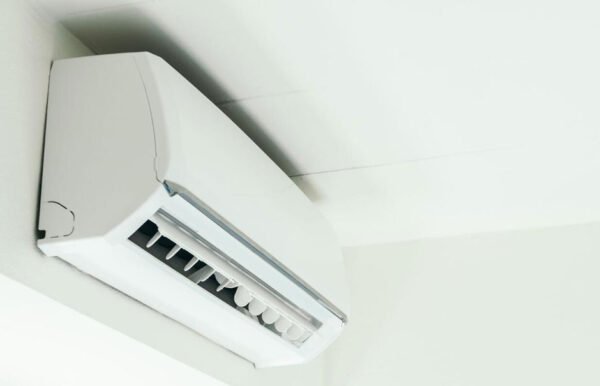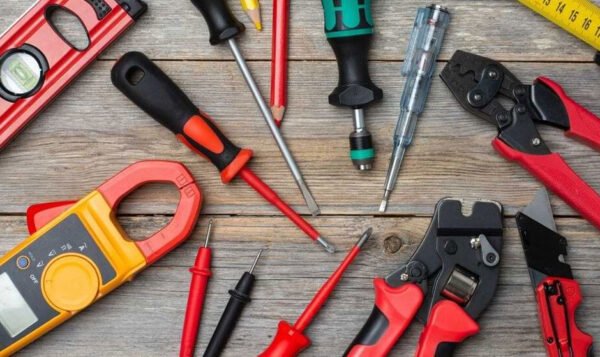What Considerations Apply to Incorporating Complex Features in Plastic Molded Parts?

Embracing Design for Manufacturability (DFM) is a pivotal practice, ensuring efficiency in the production of parts. Specifically, in the realm of injection molding, DFM involves fine-tuning part design to strike the perfect balance between cost-effectiveness and performance. This strategic approach enables the early detection of potential issues, steering clear of cumbersome re-designs. By integrating manufacturing considerations from the outset, designers can craft plastic molded parts with intricate features, ensuring functionality and cost-efficiency hand in hand.
Design for Manufacturability (DFM) in Injection Molding
Design for Manufacturability (DFM) serves as a crucial cornerstone in the realm of injection molding, encompassing a general practice aimed at optimizing part designs for efficient production. It centers on the art of foreseeing manufacturing challenges and tailoring the design process to circumvent them, ensuring cost-effective and streamlined production.
During the initial design and prototyping phases, evaluating potential manufacturing methods is of utmost importance. By doing so, designers can tailor the part’s geometry and material selection to suit the chosen injection molding process, ultimately leading to enhanced efficiency and reduced production costs.
One of the most significant advantages of incorporating DFM in injection molding lies in the early identification of potential issues or defects. By proactively addressing these concerns at the design stage, manufacturers can save valuable time and resources, avoiding the need for disruptive re-designs further along the production line.
Rapid injection molding and injection molding solution companies play a pivotal role in the DFM process. Rapid injection molding allows for swift and cost-effective production of low-volume plastic parts, enabling designers to assess prototypes promptly and refine designs as needed. Collaborating with injection molding solution companies empowers designers to leverage their expertise in material selection, mold design, and process optimization, ensuring an impeccable final product.
Masterful Design: Tips for Incorporating Complex Features in Plastic Molded Parts
Within this segment, we embark on an exploration of essential design tips for seamlessly integrating complex features into plastic molded parts. With a keen eye for detail and a quest for perfection, these principles empower designers to create functional and visually captivating components. Let us delve into the depths of ingenuity, unveiling how each tip serves as a guiding light in the realm of injection molding.
1. Leveraging Sliding Shutoffs
Versatility unleashed harnessing the prowess of sliding shutoffs proves invaluable when incorporating intricate elements like hooks and holes. This strategic choice circumvents the need for costly side actions and intricate mold designs, resulting in seamless assembly and a streamlined production process.
2. The Right Material for Living Hinges
Endurance and resilience the selection of suitable materials for living hinges is a critical aspect. Opting for the perfect balance of flexibility and durability ensures these hinges endure countless cycles of movement, delivering longevity and reliability.
3. Striking Wall Thickness Harmony
Consistency in quality maintaining a harmonious wall thickness throughout the part is paramount to ensure consistent quality. An even distribution of wall thickness prevents disruptions in cooling rates, mitigating the risk of warping or defects during molding.
4. Embracing Draft Angles
The path to liberation draft angles emerge as indispensable tools, facilitating the smooth ejection of parts from the mold. With enhanced release efficiency, the potential for damage to both the part and the mold diminishes, optimizing the production process.
5. Strategic Text and Logos
Where aesthetics meet functionality delicately incorporating text and logos demands a thoughtful approach, ensuring legibility and aesthetic appeal. Opting for raised or recessed features over sharp edges simplifies the molding process, producing visually alluring components.
Achieving Brilliance: Unleashing Advanced Molding Techniques in Plastic Molding
Embarking on an illuminating exploration of the plastic molding realm, we delve into the world of advanced techniques that elevate complexity to perfection. These sophisticated methods hold the key to incorporating intricate features, such as undercuts and recessed elements, into plastic molded parts. As we traverse this landscape of innovation, we shall uncover the ingenuity behind side actions, telescoping shutoffs, inserts, and pins, each playing a pivotal role in molding the extraordinary.
1. Side-Actions
Forging perpendicular feats in plastic molding within the realm of plastic molding, side-actions rise as stalwart companions, conquering undercuts and perpendicular features with finesse. By introducing lateral movements, these techniques unlock the potential to mold elements that traverse the path of mold opening. With precision and artistry, designers traverse the complexities and celebrate the triumphs of dimensionality.
2. Telescoping Shutoffs
Where length meets elegance telescoping shutoffs weave a tale of elegance in plastic molding, enabling the creation of long through-holes and intricate features without the need for cumbersome side actions. These graceful mechanisms extend and retract, seamlessly molding complexity while preserving cost-effectiveness.
3. Inserts and Pins
Crafting the unattainable in plastic moulding in the realm of plastic molding, inserts, and pins become the architects of possibility, breathing life into features that once seemed difficult or impossible to mold. With ingenious integration, designers infuse parts with additional functionalities, material variations, and impeccable detailing, transcending the boundaries of design.
4. Trade-Offs and Considerations
Navigating the delicate balance as we unravel the potential of advanced molding techniques in plastic molding, it becomes evident that each choice bears its trade-offs. While these techniques empower designers to craft the extraordinary, they may also usher in increased mold complexity and cost. The quest for perfection requires a delicate balance, where careful considerations harmonize with visionary creativity.
Mastering Material Selection for Complex Features in Plastic Molded Parts
Within the realm of plastic molding, material selection emerges as a crucial key to unlocking the potential of complex features. This section delves into the profound impact of diverse materials on the design, performance, and durability of plastic molded parts. A symphony of properties, such as temperature and chemical resistance, dance with creativity, guiding designers toward excellence. Let us explore how plastic molding can breathe life into material properties, harnessing fillers and additives for customization. Moreover, we shall unravel the significance of aligning material choices with specific molding techniques, where harmonious partnerships birth plastic parts that transcend expectations.
Material Properties
The crucial nexus every material tells a unique tale, each property contributing to the intricacies of part performance. Temperature and chemical resistance take center stage, influencing how the final part stands against environmental challenges. The art of material selection involves a discerning eye, as each choice shapes the part’s destiny.
Harmonizing Material and Manufacturing
A delicate choreography the choreography of material and manufacturing is a dance of precision. While materials may boast impressive traits, their suitability for specific molding techniques requires careful consideration. As designers waltz through the selection process, they harmonize materials and molding techniques, birthing plastic molded parts that resonate with perfection.
Conclusion
Meticulous material selection, advanced molding techniques, and thoughtful design are vital when incorporating complex features in plastic molded parts, ensuring exceptional outcomes.



